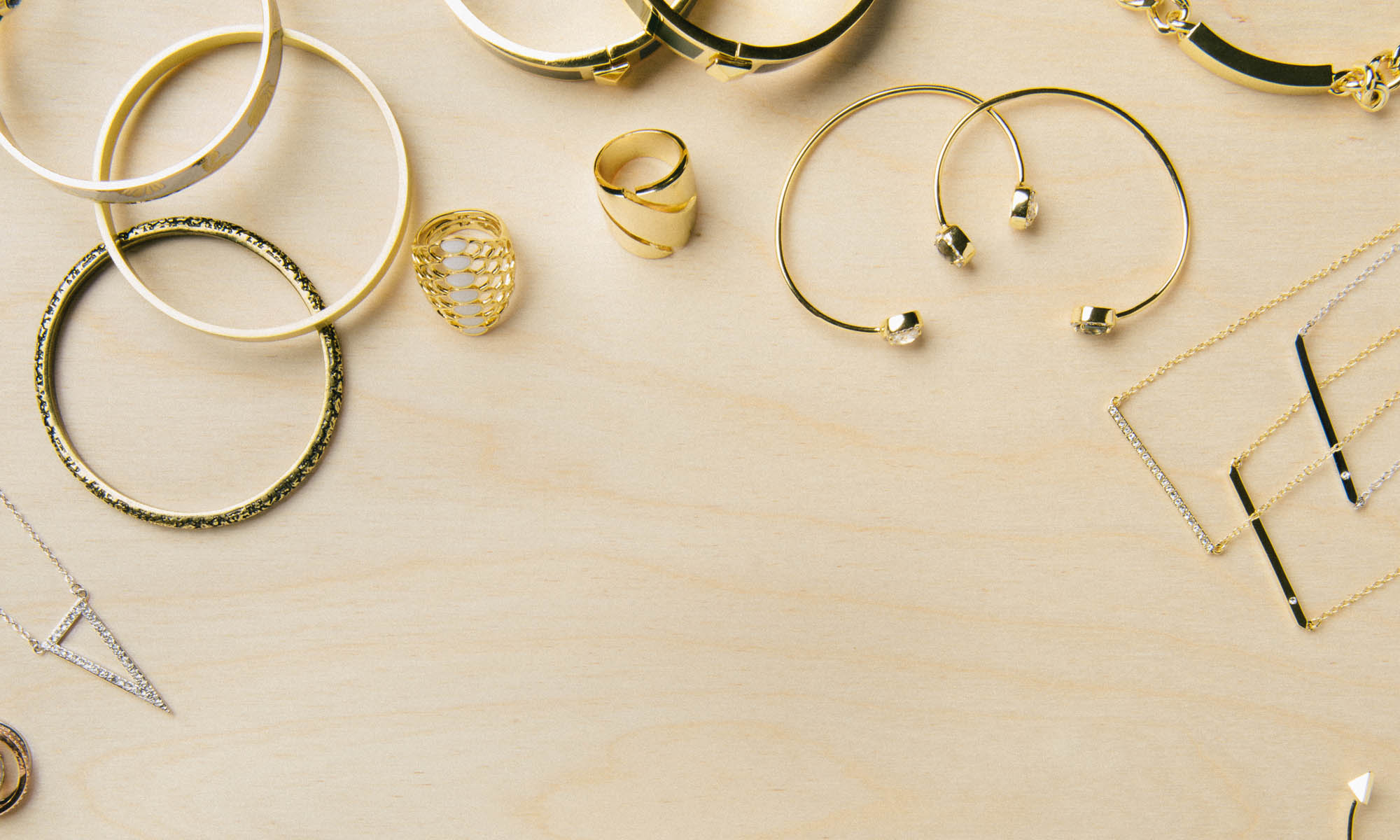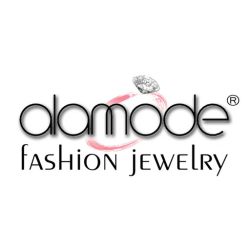Do you own a fashion boutique? Perhaps you are in charge of maintaining or decorating a retail space. Even if you sell a small number of handmade items at a local farmers market or flea market, you are leaving money on the table if you are not selling accessories to pair with your clothing! Not only do small accessories delight your customers with additional ways to catch their eye, but they also dramatically increase your revenue per square foot of retail space. Accessories such as rings and necklaces add to your existing product line while taking up minimal display space. These small items also have “impulse purchase” appeal due to their eye-catching nature and often more inexpensive prices. Finally, accessories can help you sell more of your existing clothing by letting you re-frame your existing line in a new perspective.
Do’s and don’ts of displaying accessories
Now it’s easy to talk about adding accessories to your fashion line, but how do you actually do it? Here we will go over some easy do’s and don’ts to maximize your accessories selling potential.
Do: Utilize your existing space
Do you already have display mannequins to display your clothing line? Focus on what you already have and make sure your designs flow naturally. For example, if you already have a hat as an accent piece to your ensemble, add a chunky necklace to focus the eye upwards.
Also, not all displays are equal. If shopping for a new mannequin, consider one with articulated fingers. Not only does this type of display open you up to new display poses, but it also allows you to add rings which can have similar profit margins compared to much larger clothing items while taking up significantly less floor space.
Don’t: Use a flat lay that falls flat
Laying items flat on a table is probably the most basic and common way of displaying small items and accessories. There is not necessarily anything wrong with this method but avoid lining up items in perfect rows and groupings. Packing items together too tightly
Do: Use a theme and irregular display shapes and patterns
Breaking up regular patterns and shapes will draw attention to details where there was none before. These uneven patterns might make the perfectionist in you go crazy but that’s kind of the point. Regular patterns bore the eye. Try variations on height, color, materials, and shapes. When you do group items together, try to do so in a way that tells a story such as silver items from a particular place or gold items that evoke a certain time period.
Do: Optimize for impulse purchases
LO4217 – Vintage style layered CZ necklace
3W1537 – Long wrappable jade and crystal necklace
Fashion jewelry can be the perfect “impulse” purchase. Much like a candy bar at the checkout aisle, small and eye-catching items can give customers that extra dopamine hit right when they are already in the mood to buy. The price point is important here. Overly expensive items will not trigger that impulse purchase response. The right price depends on the relative price of other items in your store but under $10 or $20 is a good rule of thumb. Also, remember to utilize space to your advantage such as stand up displays.
Don’t: Add accessories just for the sake of it
You will often not want to add an accessory for no reason. An accessory should be able to
Do: Reuse existing designs for multiple seasons
The beauty of selling accessories as a complementary item is that they are never the star of the show, so you can get away with reusing the same item more than once. This allows you to reduce inventory while still staying stocked for all seasons.
Wrap up
Even if you sell primarily clothing, you should not forget about accessories. Small fashion jewelry such as rings and earrings not only adds another revenue stream with minimal display space, but it can also help you sell your existing products.
Have any questions? Leave us a comment below or email us at service@alamodeonline.com. We would love to hear from you!


I’ve learned a lot, thank you!D